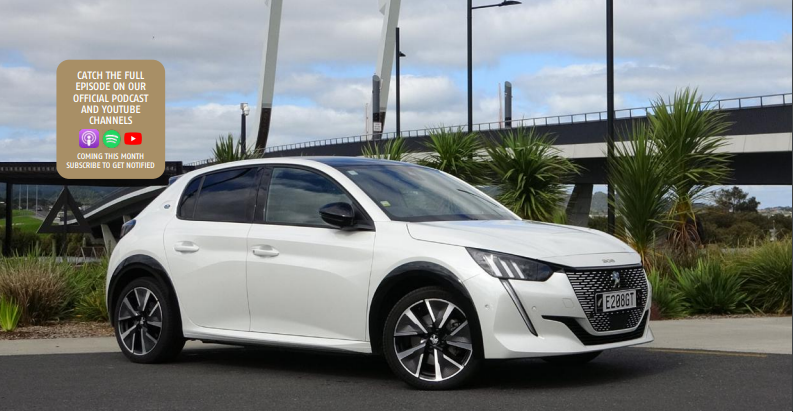
It feels like we’re coming to a fork in the electric vehicle road.
Manufacturers are starting to decide to make either bespoke EVs or provide electric as an option on their ICE cars.
Models like the Hyundai Ioniq 5, Audi e-tron, any Tesla and Volkswagen’s ID range are prime examples of this plan – take the inherent packaging advantages an EV offers and repackage the car experience.
But several, including top sellers, go the other way and make electric an option.
For example, the MG ZS EV, MercedesBenz EQC and EQA, Hyundai Kona. Sure this can lead to not gaining the packaging advantages, but electric propulsion comes in a package people are used to, there’s no culture shock, and for fleets the cars may be easier to slip into a fleet.
Which way is right? We won’t know for some time… in fact we may never know as I suspect this split will continue until ICE options are gone.
Stellantis, the parent company of Peugeot, is currently in the latter camp. And it’s working for the brand.
It has developed an electric drivetrain package now found in a large number of small European EVS, partnering a 100kW motor with a 50kWh battery. It slips into models that people already know and love.
That’s not to say this is an afterthought hack-job: the platform was designed to take electric from the start.
Our test car is the legendary Peugeot 208 GT. The GT in various forms is hot hatch royalty, known for a crisp but compliant chassis and engaging steering.

HOW DOES IT WORK AS AN EV?
In summary, very well. But it does come at a cost.
A standard GT will set you back $37,990. Ditch the petrol for a battery and the price rises to $61,990 (yes, it’s up $2000 since launch).
The Clean Car Subsidy drops that to just over $53,000. It remains cheaper than a Renault Zoe, and equal to a larger Leaf with a smaller battery.
You do get a decent amount of kit for your money. The seats are sporty and have a premium leather/suede finish, the steering wheel is leather with metal inserts, there’s climate control air conditioning, 3D effect instruments, and driver-slanted screen for the infotainment.
In the French way, the 208 is small but very practical for its size. It swallowed our large child seat in the rear and enough luggage for a level two trip to the Bay of Islands in a way few small sporty hatches could.
You sit low in the car – surprising so considering there’s a battery under there – which boosts the sporty feel.
The seats are cosseting yet hold you well. The steering wheel comes out a long way, allowing for a sporty driving position. The 3D screen is a nice idea, but I found the whole set-up made it a little tricky to see all the gauges.
The car looks fantastic, with its hints of Peugeot’s lion motif in the clashes and claws of the lights. A subtle e logo on the D pillar tells people it’s electric without screaming it. It just looks like it has a lot of sports intent.
The motor puts out 100kW, and feels a little less torque-first then most EVs. It makes for a more linear power output, which suits the nature of fast Peugeots better in my opinion.

You need to focus on lining up the car through corners using the lovely precise steering rather than just pointing and shooting.
An 8.3-second 0-100kmh time is technically 0.1 seconds slow than a ZS EV, but it’s irrelevant as once up to speed the Peugeot can generally stay there.
It may not be massively fast, but it is fun.
Where it is fast is in charging. The e208 has an 11kW onboard AC charger, allowing it to make decent use of AC infrastructure, and a DC charging speed of up to 100kW.
We couldn’t get it to show peak output, but on an ABB Terra 175kW unit saw speeds in excess of 500km of charge per hour. In a small car, that’s impressive.
Not so impressive is range. Peugeot claims 320km combined, but you’d need to be working very hard to do that.
I suspect that real world you’ll get more like 230km, maybe 250km, and colleagues I’ve spoken to agree.
Of course, consider this a city car, and the problem fades. Considering its solid charging speed and that DC charging is becoming available virtually anywhere and it fades further.
The e-208 is a very good electric vehicle for people in the market for a small EV.
I would probably pick it over a Mini, which is slightly cheaper, and probably over a Zoe in spite of the latter’s huge range advantage.
Ignore the electric aspect and the underlying 208 is simply very, very good.








